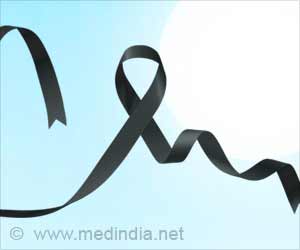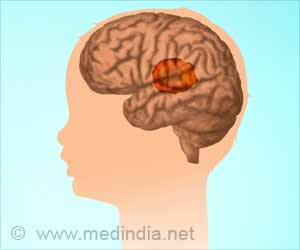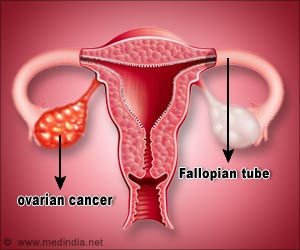The idea is to spot and treat unhealthy cells early, before a disease progresses to the point of making people extremely ill.
Scientists at Rice University have come up with a new technique to isolate cancer cells and destroy them with tiny explosions.
They used lasers to make "nanobubbles" by zapping gold nanoparticles inside cells. In tests on cancer cells, they found they could tune the lasers to create either small, bright bubbles that were visible but harmless or large bubbles that burst the cells."Single-cell targeting is one of the most touted advantages of nanomedicine, and our approach delivers on that promise with a localized effect inside an individual cell," said Rice physicist Dmitri Lapotko, the lead researcher on the project.
"The idea is to spot and treat unhealthy cells early, before a disease progresses to the point of making people extremely ill," Lapotkao added.
Nanobubbles are created when gold nanoparticles are struck by short laser pulses. The short-lived bubbles are very bright and can be made smaller or larger by varying the power of the laser.
Because they are visible under a microscope, nanobubbles can be used to either diagnose sick cells or to track the explosions that are destroying them.
"The bubbles work like a jackhammer," Lapotko said.
Advertisement
They attached antibodies to the nanoparticles so they would target only the cancer cells, and they found the technique was effective at locating and killing the cancer cells.
Advertisement
In addition, because the cell-bursting nanobubbles also show up on microscopes in real time, Lapotko said the technique can be use for post-therapeutic assessment, or what physicians often refer to as "guidance."
The research appears online in the journal Nanotechnology.
Source-ANI
TAN













